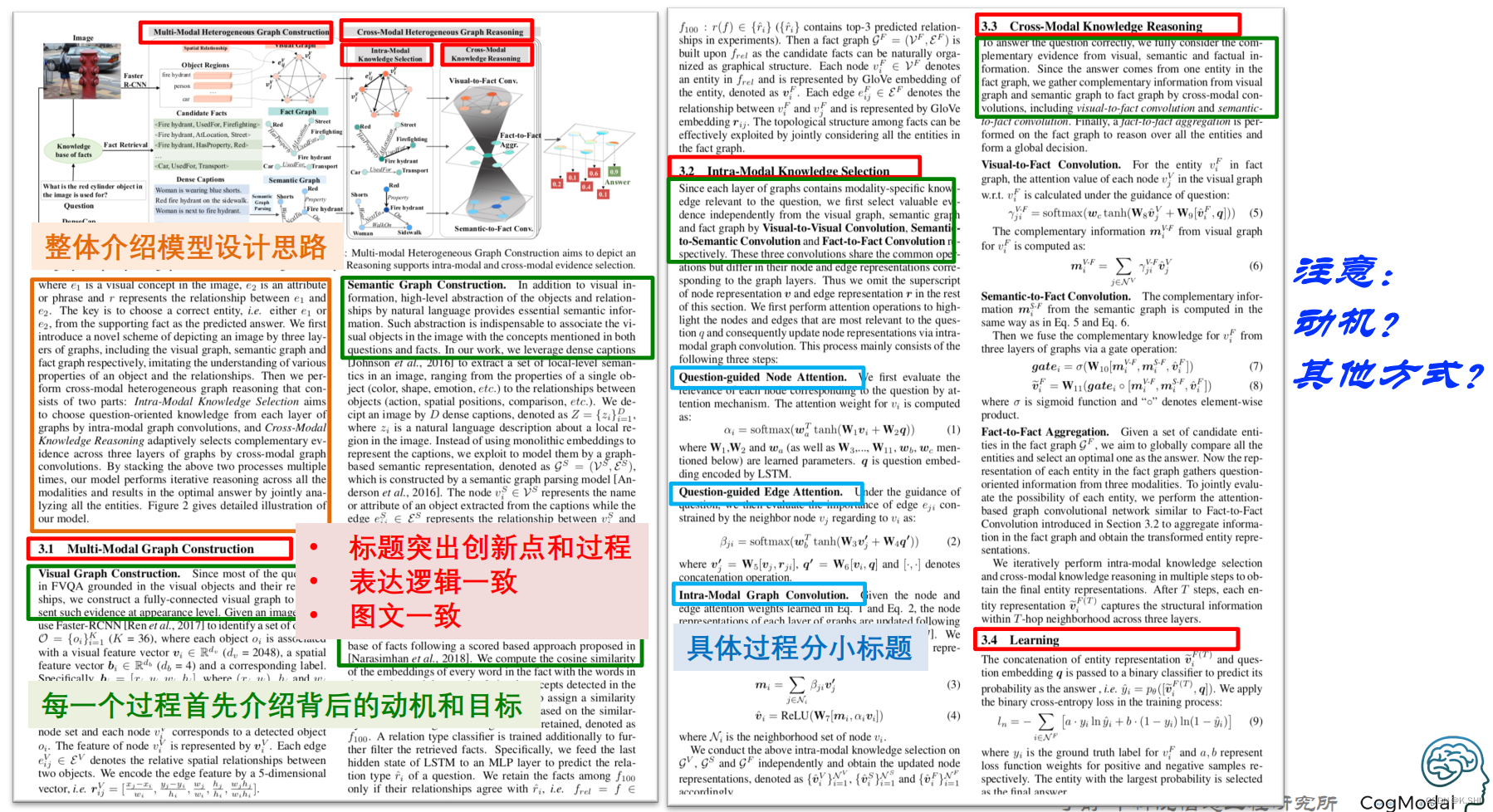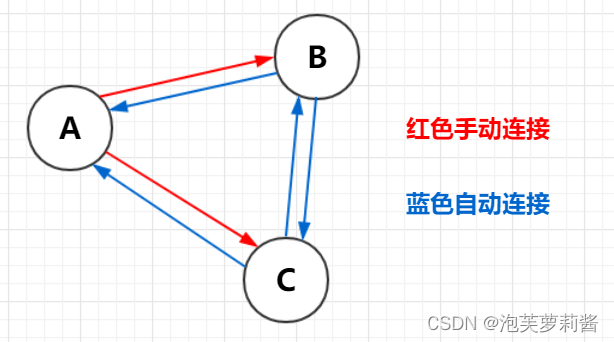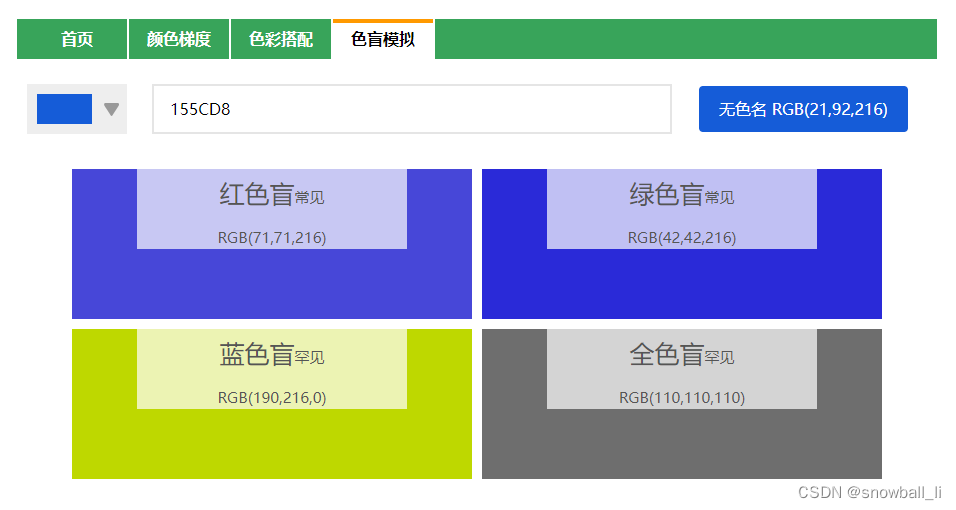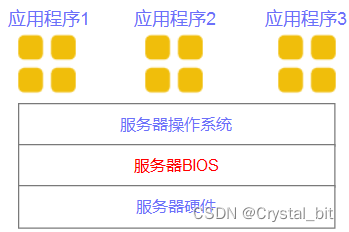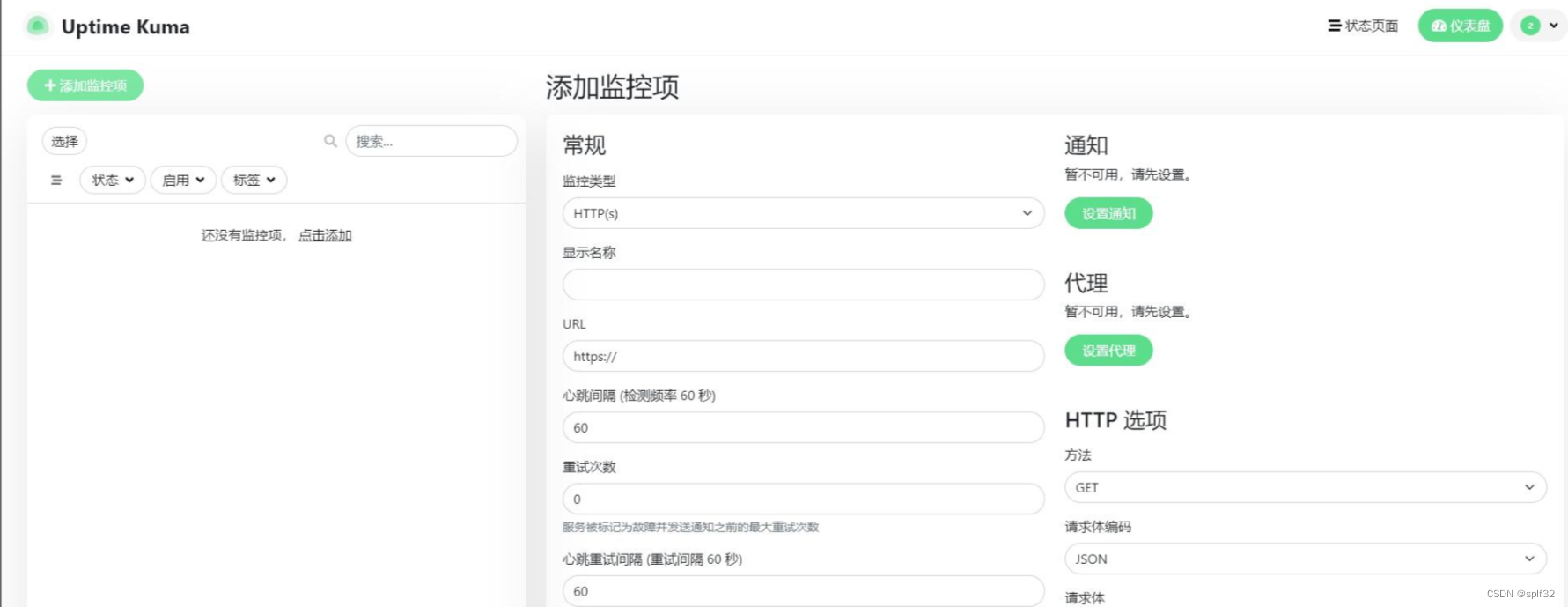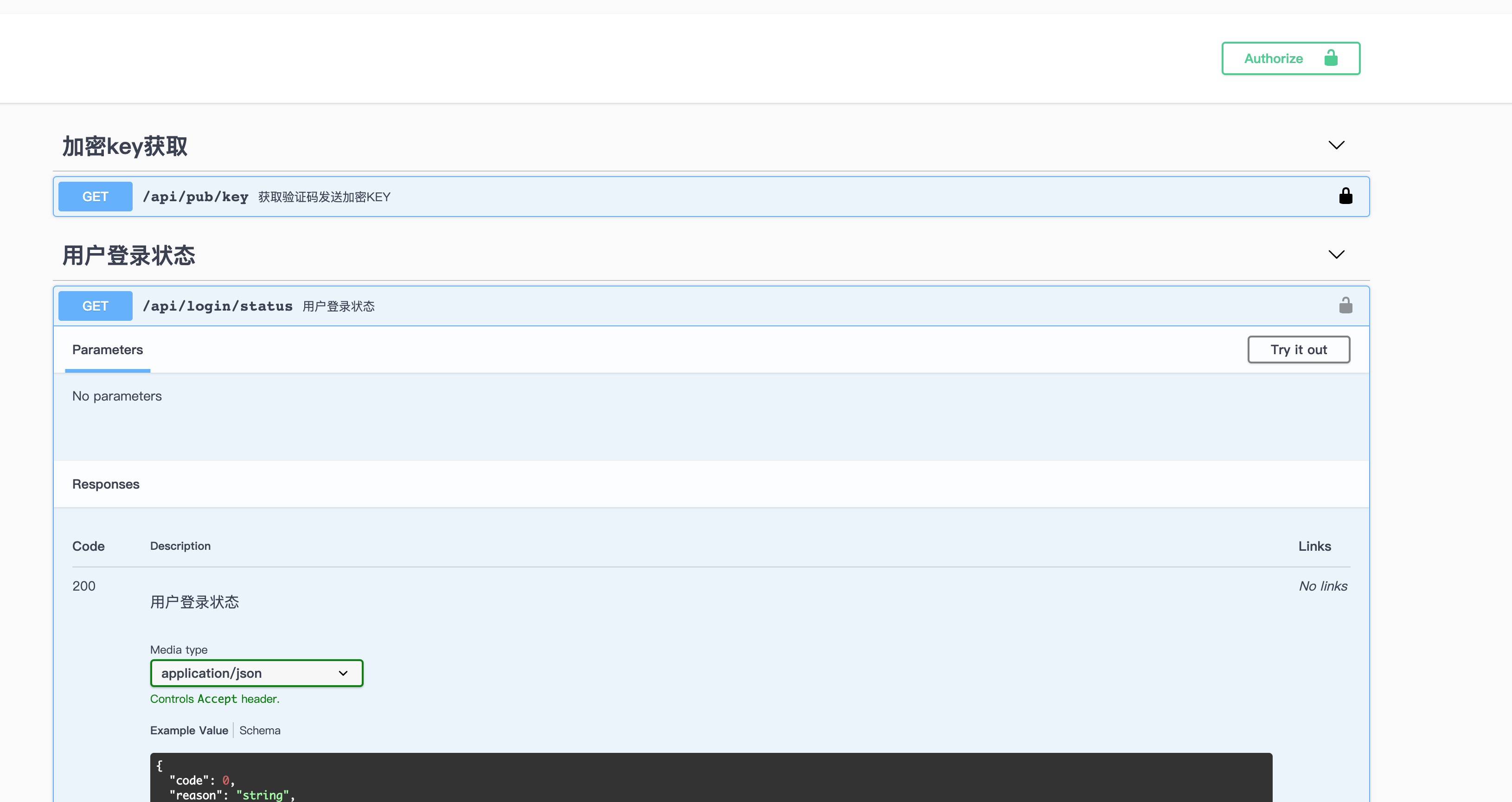目录
1.创建项目:
2.导入测试对应的starter
3.添加测试对象
3.1 添加Prodcut接口文件
3.2 添加ProdcutImpl文件
3.3 测试类添加测试文件,并开始测试
4.测试类文件解析
4.1.测试类使用@SpringBootTest修饰
4.2使用自动装配的形式添加要测试的对象
1.创建项目:
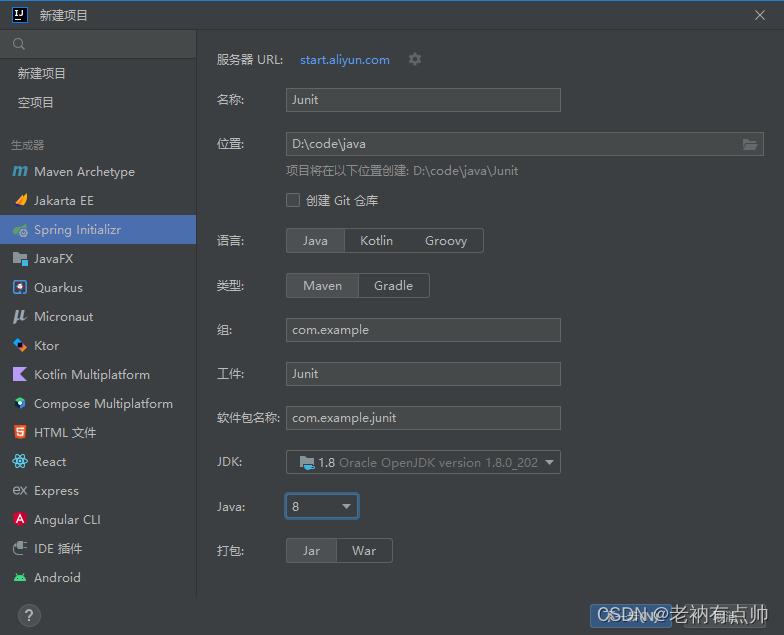
点击下一步:
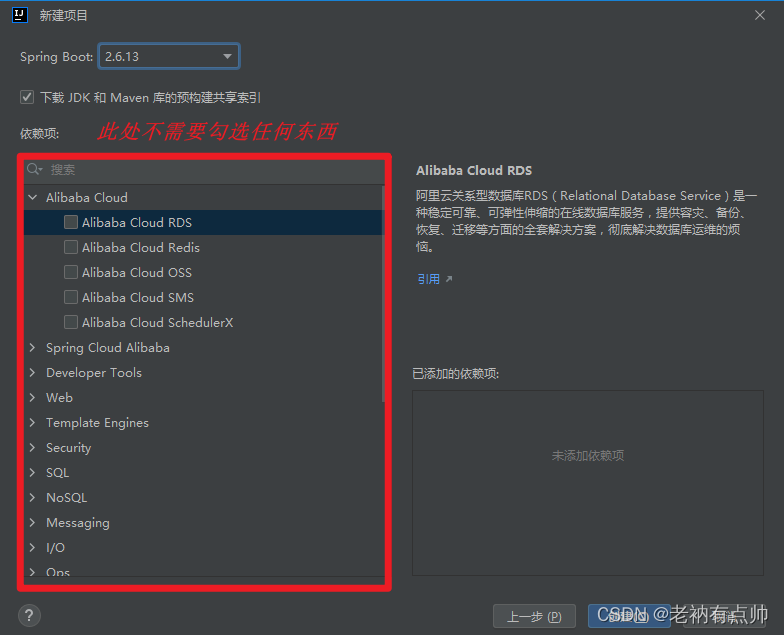
点击创建

2.导入测试对应的starter
如果你的项目使用Maven作为构建工具,那么pom.xml文件中会自动帮你注入依赖如下所示:

如果没有可以自行注入:
<dependencies>
<!-- 其他依赖项 --><!-- Spring Boot Starter Test -->
<dependency>
<groupId>org.springframework.boot</groupId>
<artifactId>spring-boot-starter-test</artifactId>
<scope>test</scope>
</dependency>
</dependencies>
3.添加测试对象
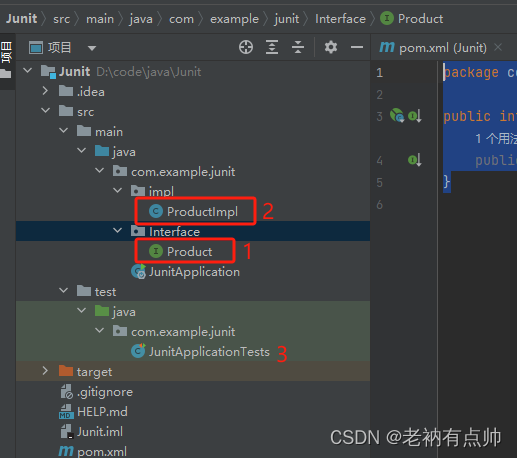
3.1 添加Prodcut接口文件
package com.example.junit.Interface;
public interface Product {
public void save();
}
3.2 添加ProdcutImpl文件
package com.example.junit.impl;
import com.example.junit.Interface.Product;
import org.springframework.stereotype.Repository;
@Repository
public class ProductImpl implements Product {
@Override
public void save() {
System.out.println("product is running!!!");
}
}
3.3 测试类添加测试文件,并开始测试
package com.example.junit;
import com.example.junit.impl.ProductImpl;
import org.junit.jupiter.api.Test;
import org.springframework.beans.factory.annotation.Autowired;
import org.springframework.boot.test.context.SpringBootTest;
//加载配置类
@SpringBootTest(classes = JunitApplication.class)
//@ContextConfiguration(classes = JunitApplication.class)
class JunitApplicationTests {
//1.注入要测试的对象
@Autowired
private ProductImpl productController;
@Test
void contextLoads() {
//2.执行要测试的的对象对应的方法
productController.save();
}
}
4.测试类文件解析
4.1.测试类使用@SpringBootTest修饰
- 测试类如果存在于引导类所在包或子包中无需指定引导类
- 测试类如果不存在于引导类所在的包或子包中需要通过classes属性指定引导类
4.2使用自动装配的形式添加要测试的对象
名称:@SpringBootTest
- 类型:测试类注解
- 位置:测试类定义上方
- 作用:设置JUnit加载的SpringBoot启动类
- 范例:
@SpringBootTest(classes = JunitApplication.class)
class JunitApplicationTests{}
- 相关属性
classes:设置SpringBoot启动类
注意事项:
如果测试类在SpringBoot启动类的包或子包中,可以省略启动类的设置,也就是省略classes的设定



